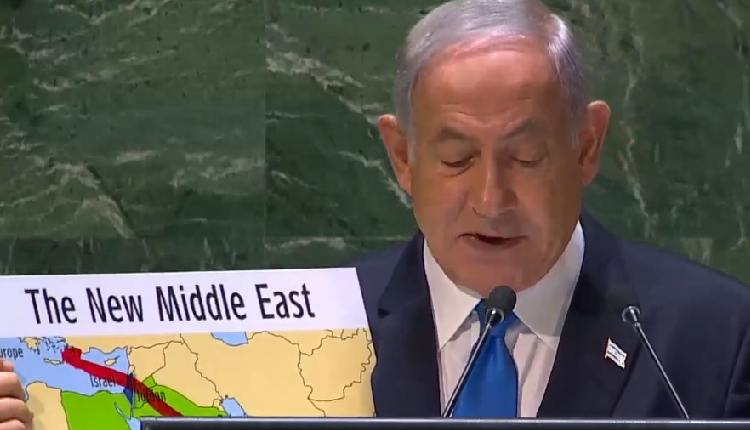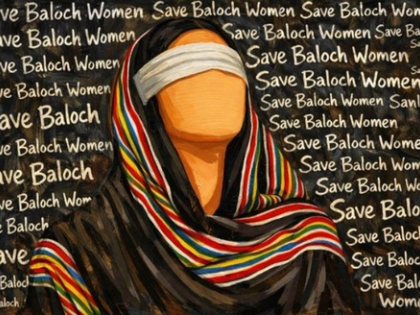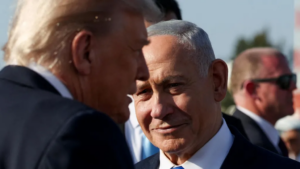
Balochistan, Pakistan’s largest province by area and among its least populated, sits at the crossroads of strategic ambitions and deep social grievances. Its vast deserts and rugged mountains hold rich mineral resources and a coastline critical to regional trade. Yet for decades, the stories that emerge from Balochistan have been filtered, muted, or blocked, leaving much of the world and many Pakistanis uncertain about what everyday life looks like for its people. Media censorship is not just a press freedom issue here; it is inseparable from the province’s human rights landscape. When journalists cannot report freely, abuses fester in the dark, and communities lose the ability to advocate for themselves.
The history of Balochistan is marked by cycles of conflict, crackdowns, and negotiated lulls. National security concerns, separatist violence, sectarian attacks, and criminal networks create a genuinely difficult environment for newsgathering. But the most significant constraint on coverage is the pressure exerted by state and non-state actors that punishes independent reporting. Journalists face harassment, surveillance, and threats from security agencies and armed groups alike. Newspaper distribution is sometimes disrupted; television channels have reportedly been instructed to avoid sensitive topics; and local reporters, without the protection afforded to high-profile media figures in big cities, bear the brunt of intimidation. In such conditions, self-censorship becomes a survival strategy rather than an editorial choice.
Legal tools have also shaped the information space. National regulatory bodies and a tangle of laws touching on national security, defamation, and cybercrime give authorities broad discretion to sanction the press or online platforms. Even when laws are framed in terms of preventing extremism or fake news, their practical application can chill legitimate reporting. Journalists in Balochistan describe opaque standards: content is flagged without clear reasoning, and appeals are slow or ineffective. This ambiguity is not accidental; it creates a climate in which editors second-guess whether an important story is worth the potential fallout.
Internet governance has compounded the problem. Connectivity blackouts, throttling, and localized shutdowns have periodically interrupted information flows within Balochistan. For residents, that means delayed wages, disrupted education, and broken contact with family members. For the press, it means severed lines to sources and audiences. In a province where physical access is already hard, the internet is the lifeline for verification, documentation, and safety alerts. Cutting that line not only shrinks the public square; it undermines the emergency mechanisms that communities rely on when violence erupts.
The human rights implications of constrained reporting are stark. Allegations of enforced disappearances, extrajudicial killings, and torture persist in Balochistan, raised by local activists, lawyers, and relatives of missing persons. Without robust media scrutiny, these claims struggle to gain traction in national debate, and families face a lonely pursuit of justice through under-resourced courts and toothless commissions. When protests do occur often led by women and students they may receive limited coverage, and what little attention they get is sometimes framed through security-centric narratives that miss the movement’s human core: the right to know the fate of loved ones and the right to due process.
Censorship also distorts the wider social picture. Balochistan’s economic challenges are multilayered: sparse infrastructure, limited access to quality health care and education, and uneven distribution of the benefits associated with large-scale projects. In many communities, drinking water is scarce and maternal health indicators lag. Teachers, doctors, and civil servants routinely report shortages and security restrictions that hamper their work. Yet when media coverage narrows to episodic violence or official project announcements, the daily realities of poverty, displacement, and environmental degradation fall out of view. This skewed narrative shapes policy priorities, development funding, and public empathy.
The role of women and minority communities reveals another dimension of the censorship-human rights nexus. Women activists in Balochistan have increasingly organized on issues from disappearances to education, often at significant personal risk. Minority religious communities have faced targeted attacks and discrimination. When media ecosystems are distorted, these voices struggle to be heard, their testimonies to be recorded, and their proposals to be debated. The result is a doubly silenced public: those who fear speaking and those who speak but are not heard.
Addressing media censorship requires acknowledging legitimate security concerns while rejecting the notion that security and rights are zero-sum. Transparent rules, due process in regulatory decisions, and independent oversight are essential. Laws that regulate the media or online speech must be narrowly tailored, clearly defined, and consistent with international human rights standards on freedom of expression and access to information. Crucially, journalists need safety protocols, legal support, and swift redress mechanisms when they face threats. Local reporters should be prioritized for training and protection because they are the first line of documentation and the most exposed to reprisals.
Technology can be part of the solution if deployed to empower rather than silence. Early warning systems, secure messaging, and digital verification tools help reporters document events accurately while protecting sources. Community radio, citizen journalism, and local language platforms can widen participation, provided they are not smothered by blanket restrictions. Academic partnerships and data-driven reporting can bring rigor to claims around disappearances, demographic trends, and economic impacts, turning anecdotes into evidence that policymakers cannot easily ignore.
Civil society has a pivotal role in breaking the stalemate. Bar associations, medical associations, media councils, and human rights groups can collaborate to track cases, provide pro bono support, and maintain public databases of incidents. Families of the disappeared need psychosocial support alongside legal aid, and young activists need training in digital security, nonviolent organizing, and documentation standards that strengthen the credibility of their claims. When local organizations build alliances with national and international networks, the cost of censorship rises and the space for accountability widens.
International actors must proceed with care. External advocacy can draw attention to abuses, but it can also trigger backlash if perceived as partisan or ignorant of local history. The most constructive interventions amplify local voices, invest in journalistic capacity, and encourage reforms through principled engagement. Development partners should tie project support to measurable benchmarks on transparency, community consultation, and grievance redress, avoiding the trap where investment proceeds while accountability lags.
Ultimately, the struggle over media freedom in Balochistan is a struggle over whose reality counts. When only official bulletins or militant statements define the narrative, ordinary people become props in someone else’s story. A free, resilient press gives them back their authorship. It does not guarantee harmony or prosperity, but it provides the conditions under which grievances can be aired, facts checked, and mistakes corrected. It allows the public to see not only the violence that makes headlines, but the quiet courage of teachers who keep schools open, doctors who run clinics under curfew, and mothers who refuse to stop asking where their sons have gone.
The path forward is not glamorous. It looks like painstaking legal reform, steady investment in local media, more empathetic national coverage, and a security approach that values legitimacy as much as force. It looks like internet policies that prioritize connectivity during crises, not cut it off, and regulators who err on the side of speech rather than silence. It looks like editors who stand by their reporters and audiences who reward rigor over rumor. In Balochistan, as elsewhere, human rights do not blossom in darkness. They require light , consistent, fair, and unafraid—to grow.






